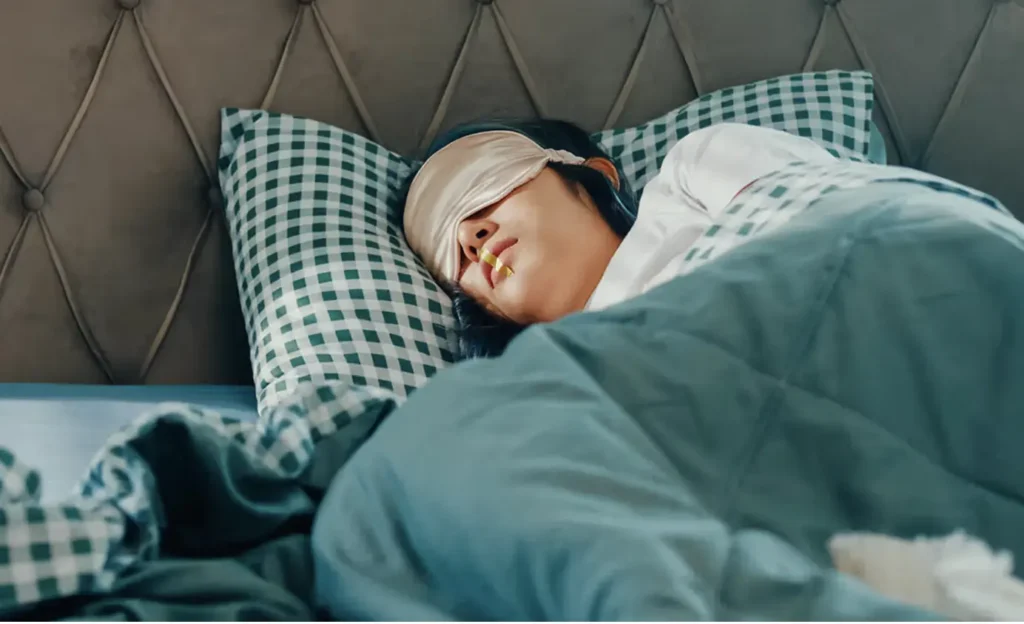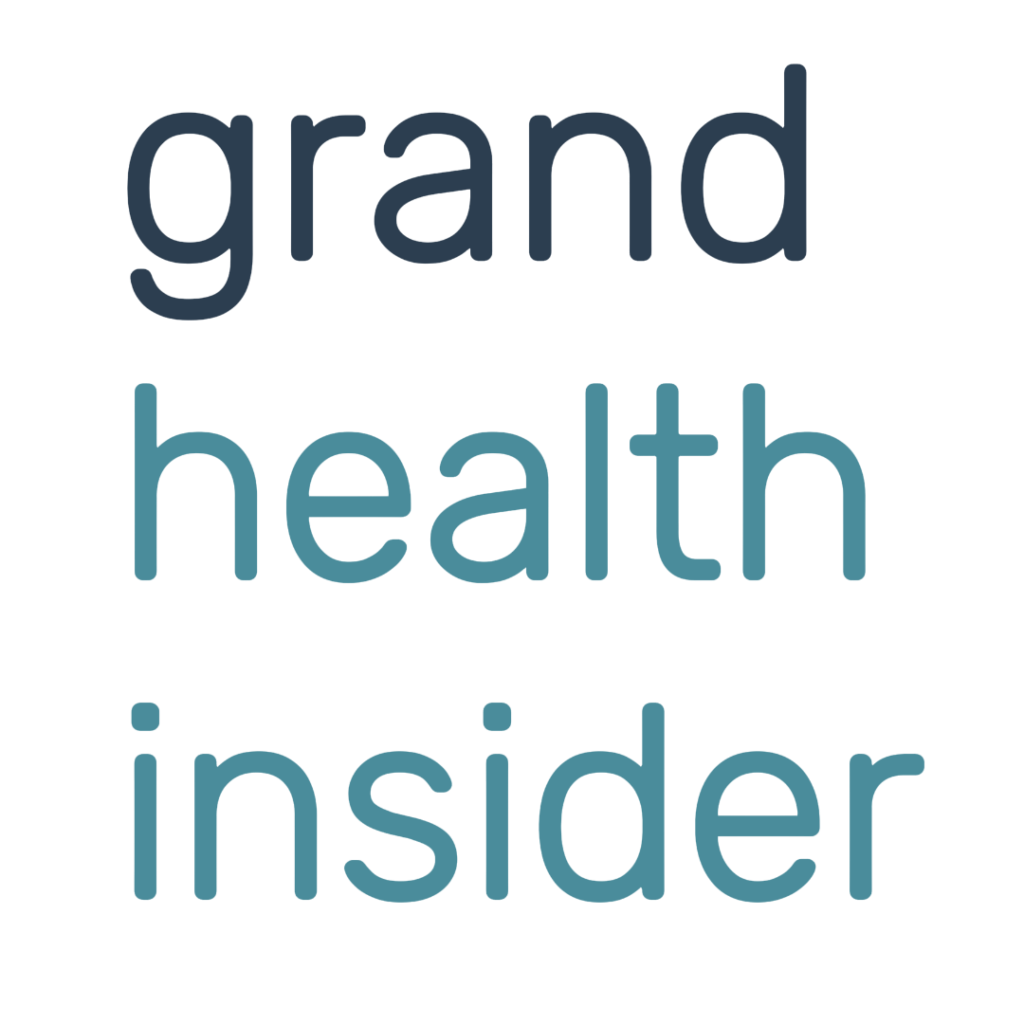Published by Dr. Patricia Washington, MD, MPH | Health | Last update: March 7 • 1476
7 min
Mouth taping is a growing trend aimed at promoting nasal breathing for those who tend to breathe through their mouths. While it may have potential benefits, it’s not a one-size-fits-all solution — and it certainly wasn’t for me.
Editorial Review

Contents
The concept of mouth taping involves using tape to seal your lips shut while you sleep, encouraging you to breathe through your nose instead. I’d heard about this wellness trend for a while, but it wasn’t until a recent dentist appointment that I decided to give it a try.
My hygienist pointed out clear evidence of mouth breathing in the form of tooth erosion and signs of bruxism (teeth grinding). I’d had no idea that mouth breathing could cause such problems, and as someone who prides herself on meticulous dental care after a cavity-filled childhood, this news hit hard.
So, after a quick Google search for “Has anyone died from mouth taping?” (spoiler: no recorded cases), I ordered some tape to try it out.
Here’s the short version: I didn’t manage to keep the tape on for a full night even once during my five-day trial. However, the experiment wasn’t a total bust. Here’s what happened.
How Nighttime Mouth Taping Went
I went with Nexcare tape, a popular option with over 6,800 reviews and a price tag under $8. This type of tape is specifically designed for mouth taping and features a gentle adhesive that keeps your lips shut without causing discomfort or harming your skin.
When the tape arrived, I tested it out and was surprised at how sticky it was. Placing it horizontally across my mouth, I realized it sealed my lips shut so tightly that forcing them open to gasp for air would’ve been difficult. I decided to use a smaller, vertically-placed strip at bedtime for safety.
Here’s the thing: I was able to fall asleep with the tape on every night. But each morning, I woke up to find the tape somewhere else — on my pillow, under the sheets, or even stuck to my hand. (One morning, I found it wrapped around my thumb. I have no idea how that happened.)
Using a smaller piece of tape likely made it easier to dislodge, but I felt better knowing it wasn’t stuck too firmly.
In hindsight, I should have given my nasal issues more thought before starting this experiment. My ENT doctor once told me I have a partially deviated septum that limits airflow in my left nostril, along with enlarged turbinates that restrict breathing on both sides. Add in year-round congestion from seasonal allergies, and nasal breathing is already a challenge for me.
It turns out I can only breathe through my nose if I sleep on my right side — something that’s hard to maintain all night.
Mouth Taping During the Day
Since nighttime taping wasn’t working, I decided to experiment during the day. I wore the tape for a couple of hours while sitting at my desk, which helped me get used to the sensation of having my mouth taped shut.
In a seated, upright position, my nasal passages worked better, so it wasn’t hard to breathe through my nose.
While I can’t say I noticed any dramatic health benefits, I did take deeper breaths, which felt calming in the moment.
Do We Know if Mouth Taping Works?
Research on mouth taping is limited, and there’s no solid evidence to confirm its benefits.
A small study from 2022 suggested that mouth taping might improve symptoms in mouth breathers with mild obstructive sleep apnea (OSA). However, larger and more comprehensive studies are needed to verify these findings.
The idea behind mouth taping is to encourage nasal breathing, which may:
- Filter allergens, dust, and bacteria through the cilia (tiny hairs) in your nose
- Warm and humidify air before it enters your lungs, reducing irritation
- Stimulate nitric oxide production, which supports blood circulation and oxygen delivery
- Reduce snoring and sleep disruptions
- Prevent dry mouth, which can lead to bad breath and cavities
The Risks of Mouth Taping
It’s worth noting that mouth taping isn’t risk-free. Potential downsides include:
- Breathing difficulties: If you’re congested or have blocked nasal passages, mouth taping could make it harder to get enough air while you sleep.
- Anxiety: Some people may feel anxious or claustrophobic with their mouths taped shut.
- Skin irritation: The adhesive could cause redness, irritation, or even allergic reactions.
- Sleep disturbances: If you’re not accustomed to nasal breathing, you might wake up frequently or feel unrested.
Is Mouth Taping Right for You?
Mouth taping isn’t suitable for everyone, as I learned firsthand. You should avoid it if you:
- Have regular nasal congestion from allergies or colds
- Have blocked nasal passages
- Live with asthma or other respiratory conditions
- Have diagnosed or suspected sleep apnea
- Feel anxious or claustrophobic about taping your mouth shut
- Have sensitive skin that reacts poorly to adhesives
If you’re curious about trying mouth taping, consult a doctor or sleep specialist first, especially if you have respiratory or sleep-related health concerns.
Will I Keep Mouth Taping?
For me, I’ll stick to other strategies for improving sleep, like:
- Getting sunlight first thing in the morning
- Keeping my bedroom cool
- Avoiding screens before bed
The Takeaway
After five days of trying mouth taping, I found it more useful during the day than at night. While I had no trouble falling asleep with the tape on, I woke up every morning to find it missing.
Daytime taping helped me focus on breathing through my nose, which is challenging due to my partially deviated septum. However, I don’t see myself continuing this practice.
If you’re considering mouth taping, talk to a healthcare provider first to ensure it’s safe for you — especially if you have any underlying conditions that could make it risky.
How we reviewed this article:
Grand Health Insider follows strict sourcing standards, relying on peer-reviewed research, respected academic institutions, and reputable medical journals and associations. We are committed to using reliable, high-quality sources to ensure the accuracy and integrity of our content. Learn more about how we maintain content accuracy and stay current by reviewing our editorial policy.
- Lee Y-C, et al. (2022). The impact of mouth-taping in mouth-breathers with mild obstructive sleep apnea: A preliminary study.
https://pmc.ncbi.nlm.nih.gov/articles/PMC9498537/ - Recinto C, et al. (2017). Effects of nasal or oral breathing on anaerobic power output and metabolic responses.
https://pmc.ncbi.nlm.nih.gov/articles/PMC5466403/

